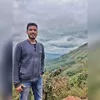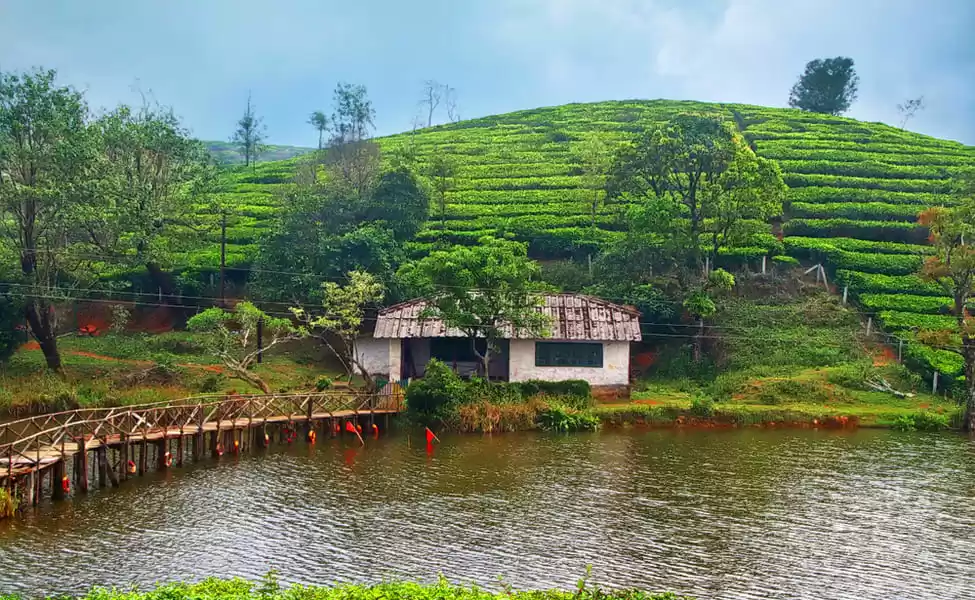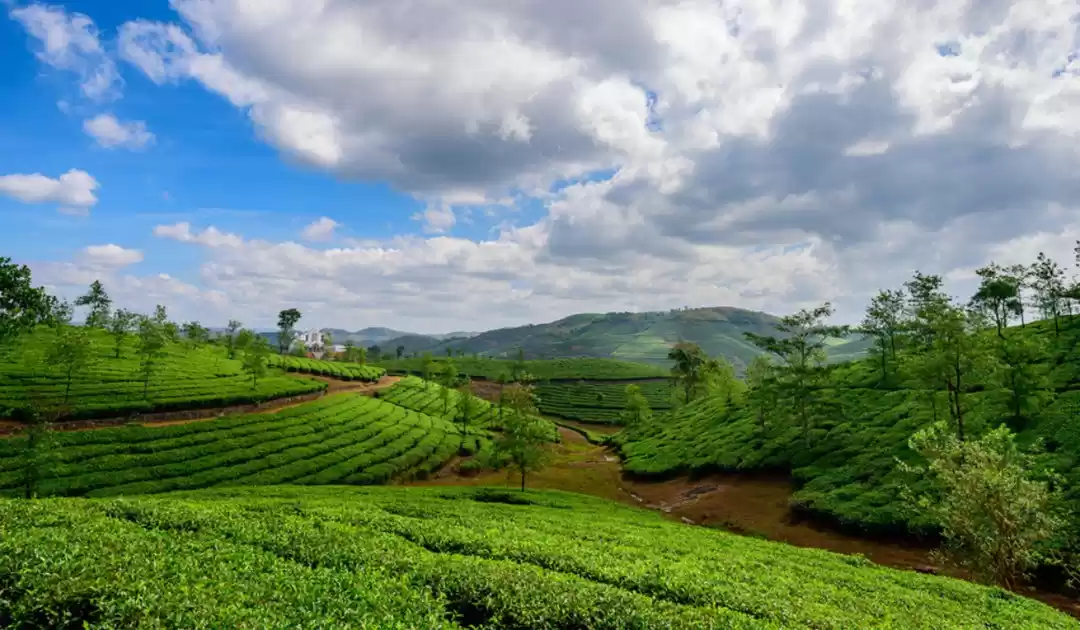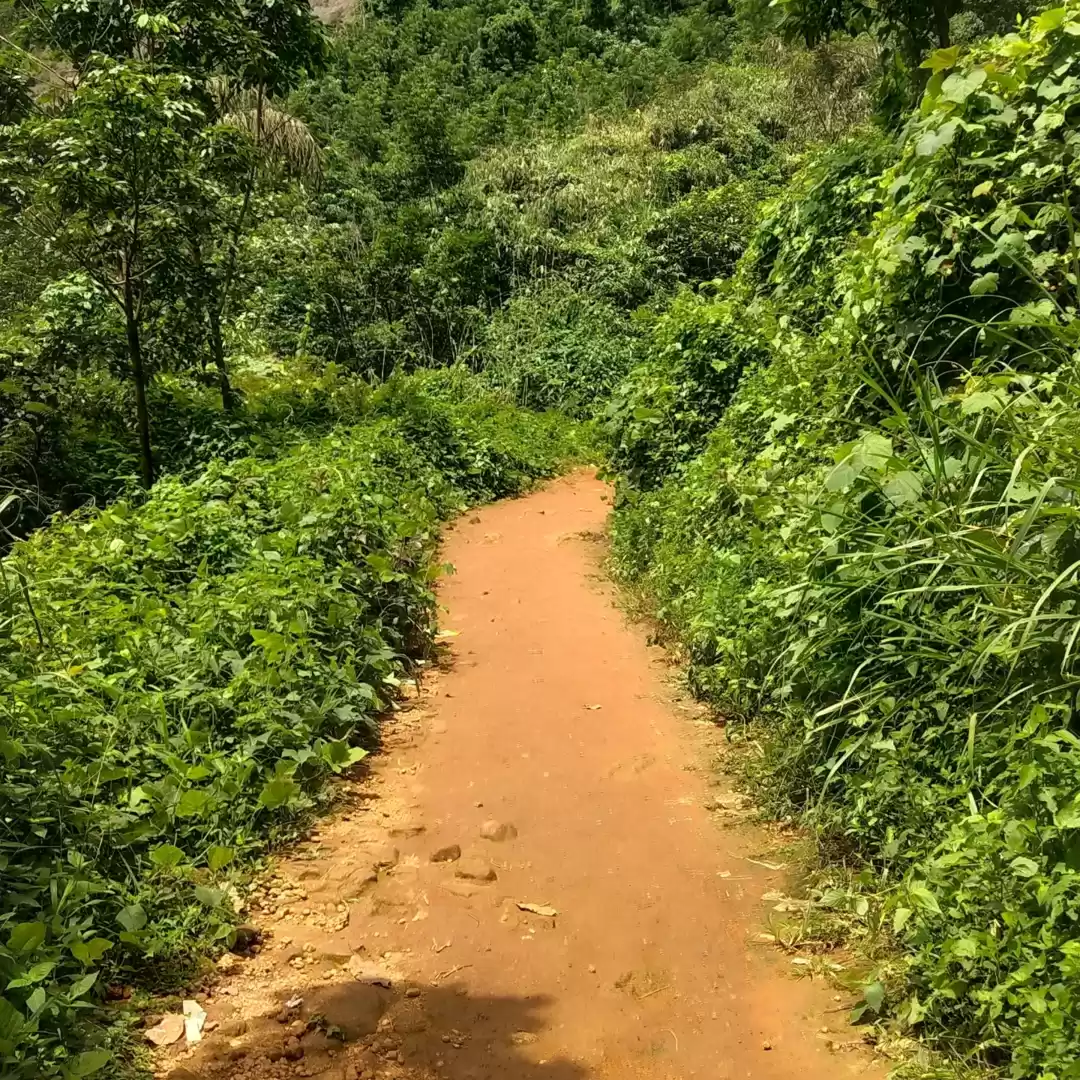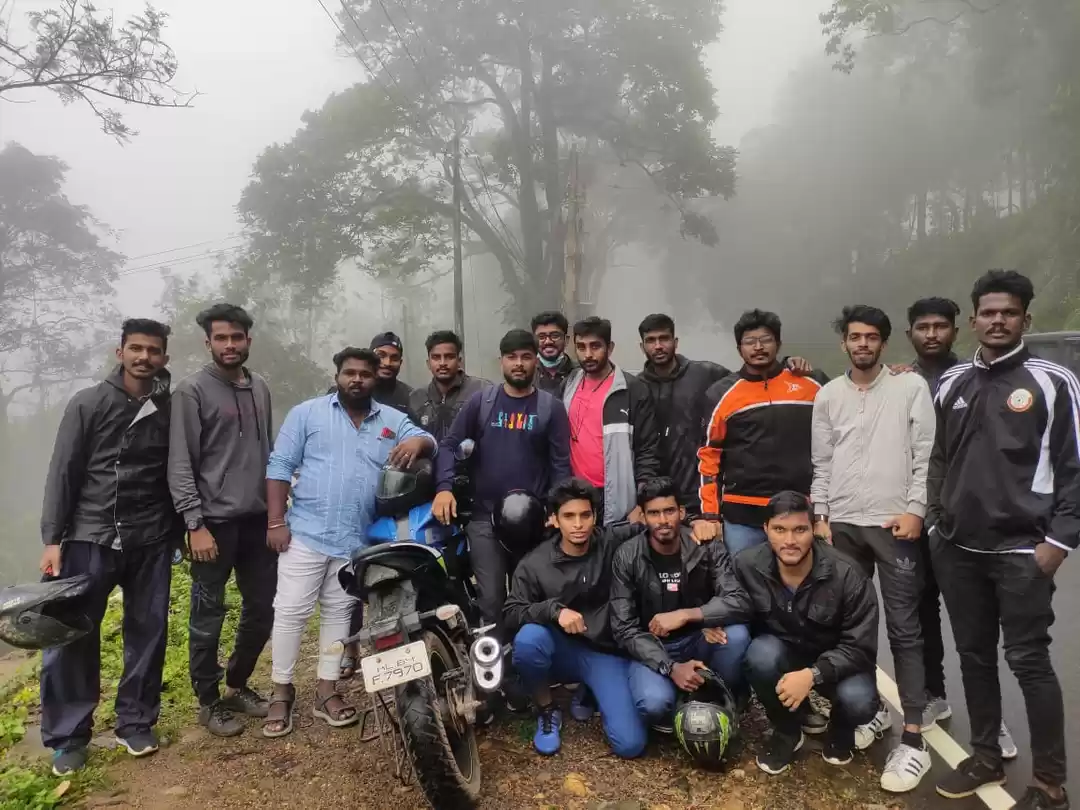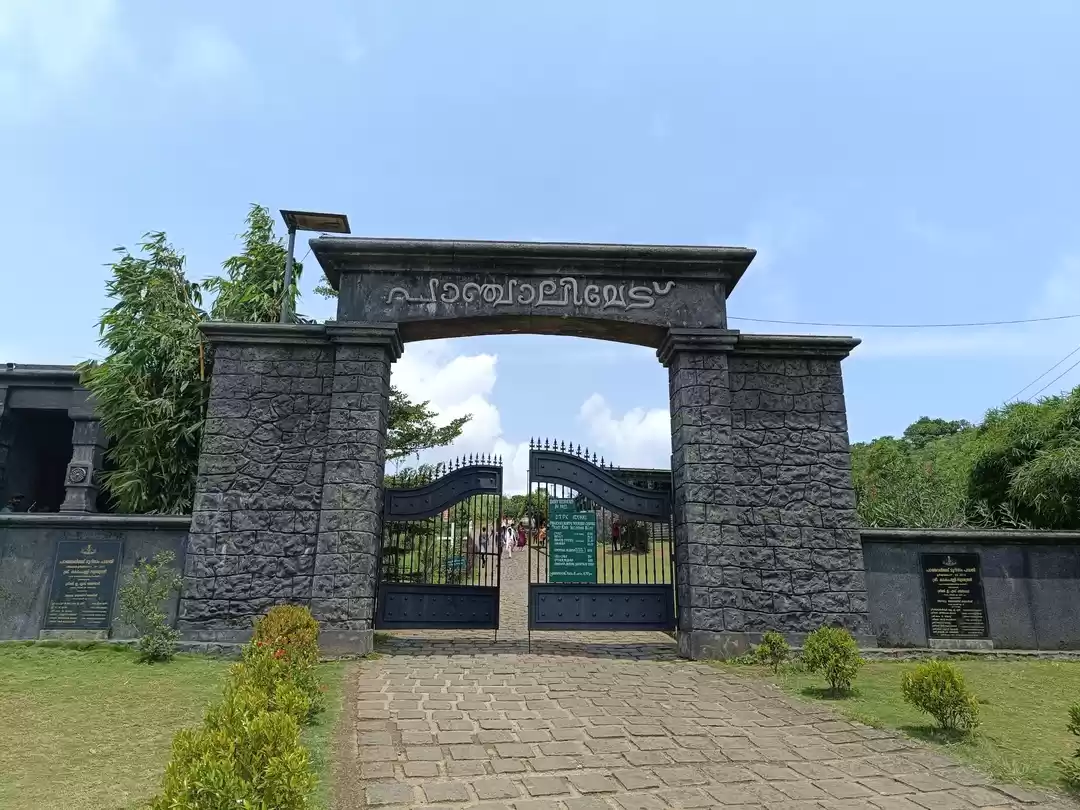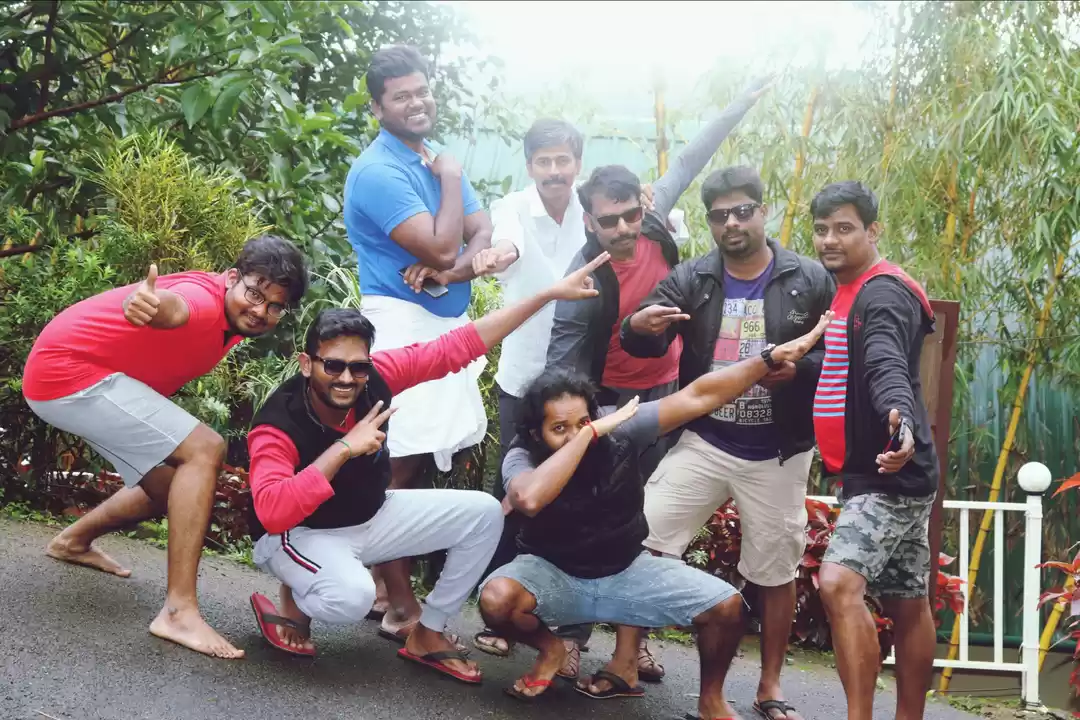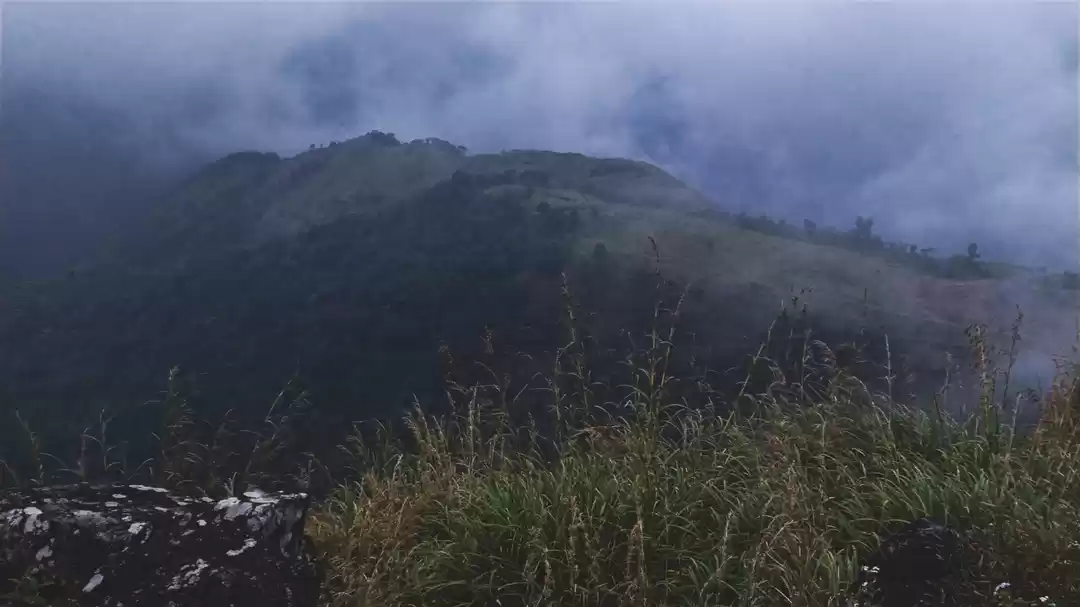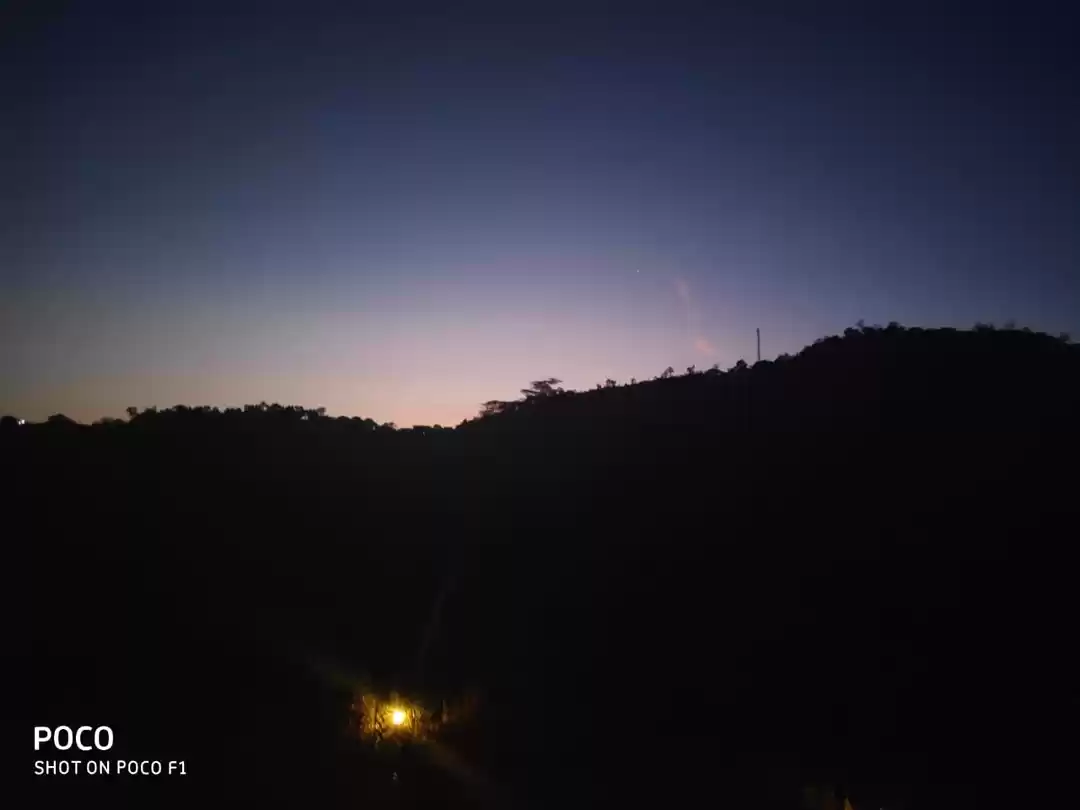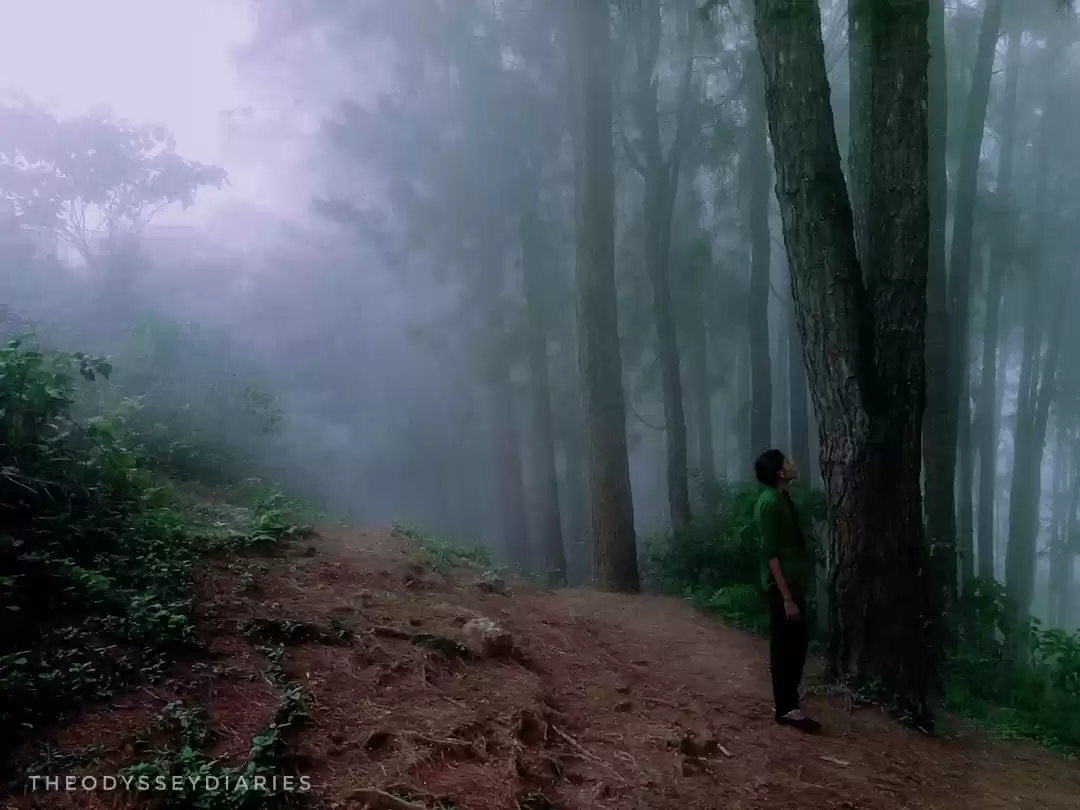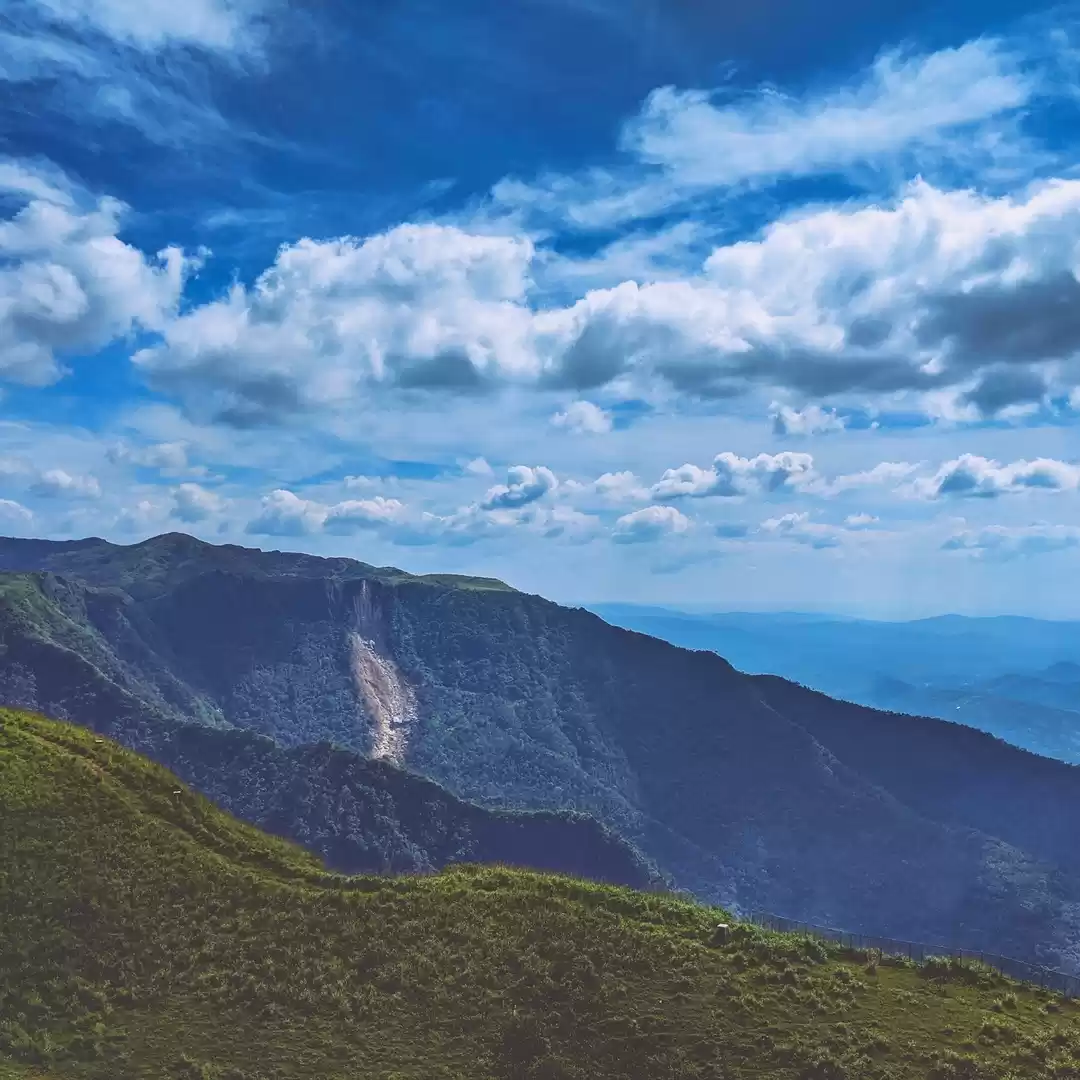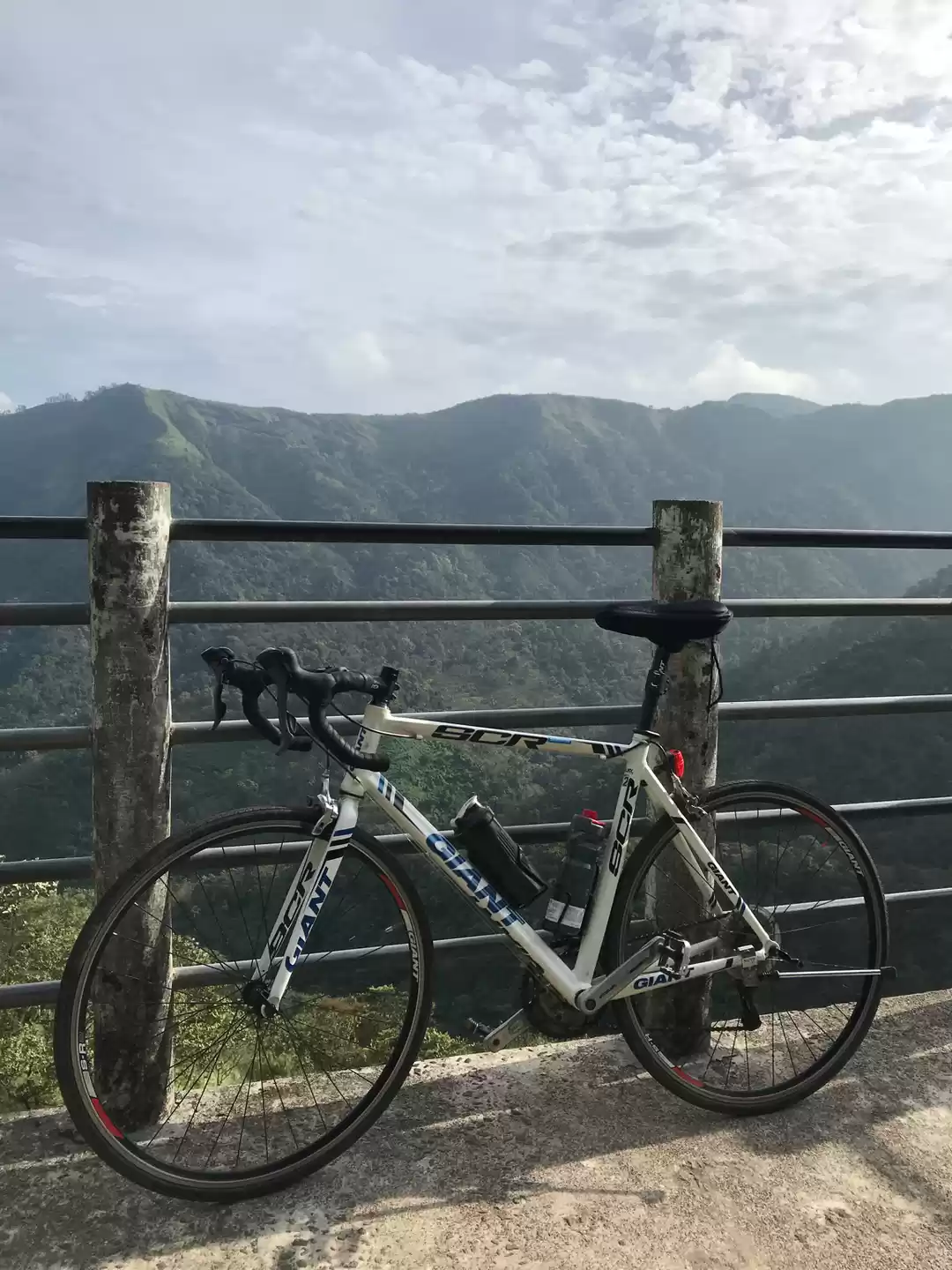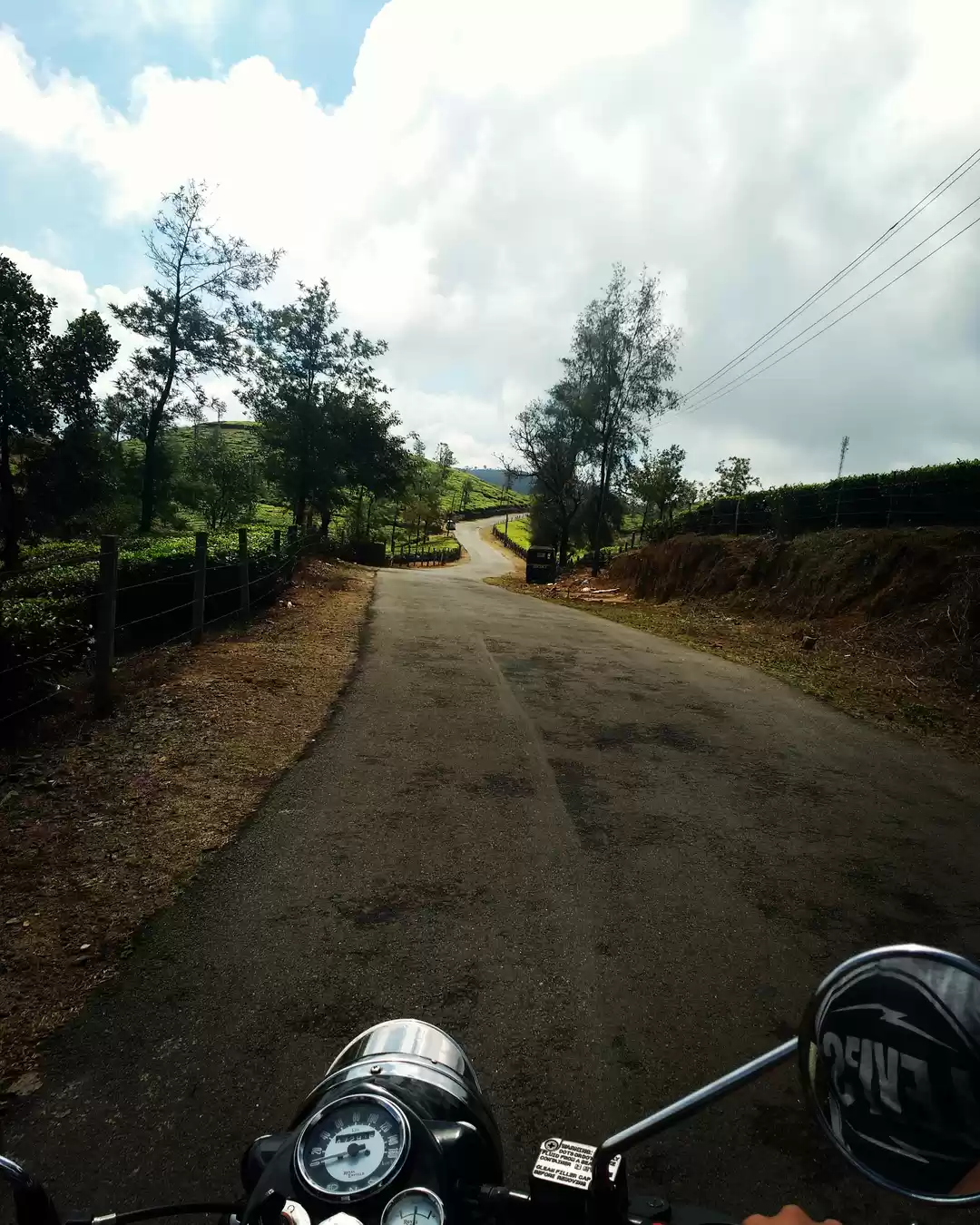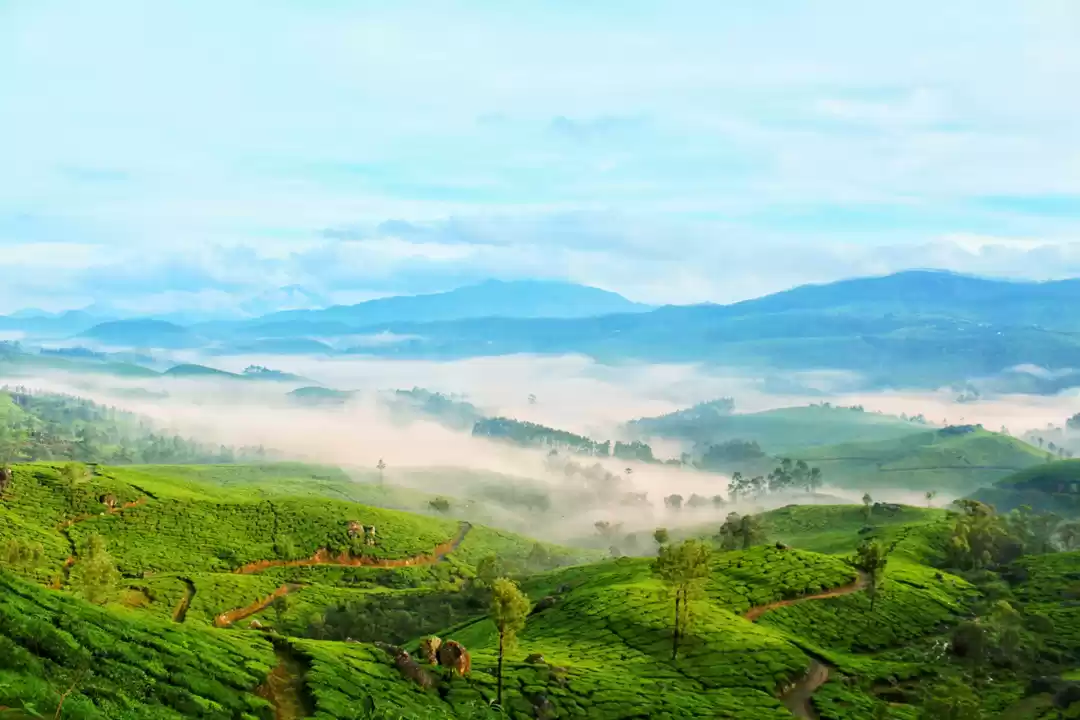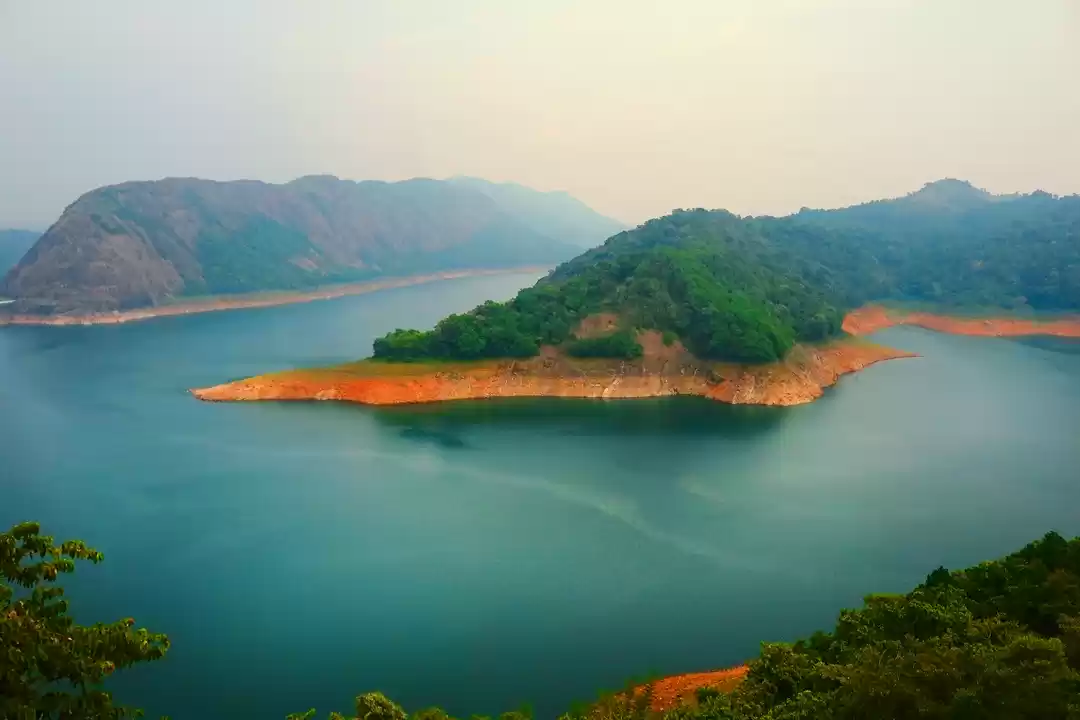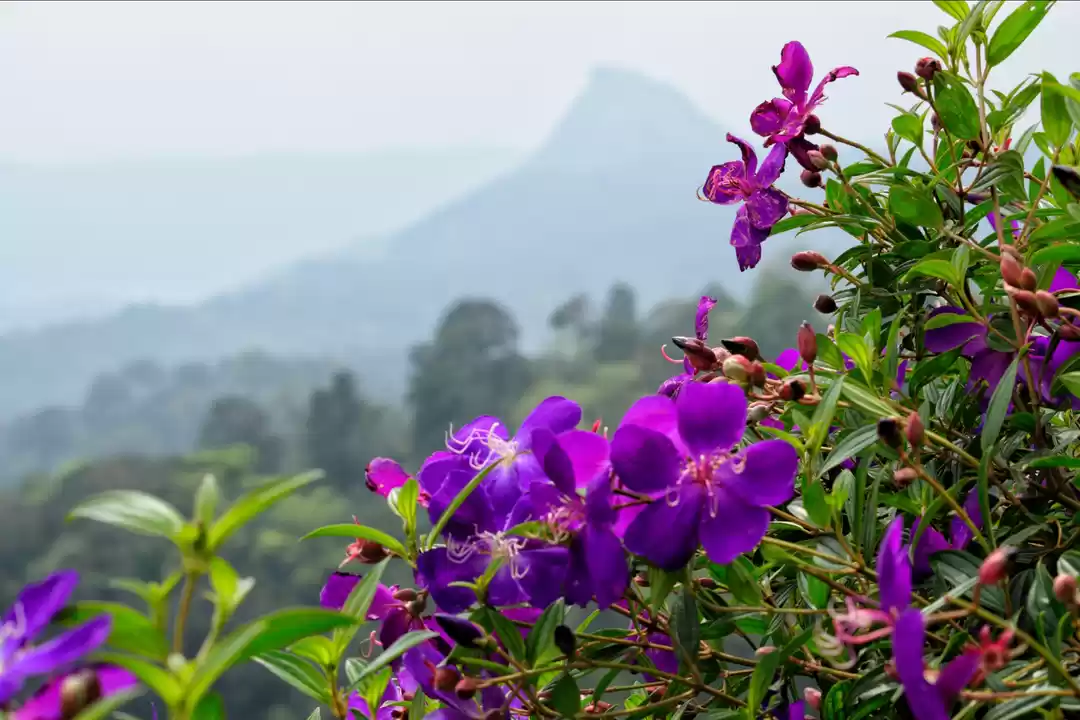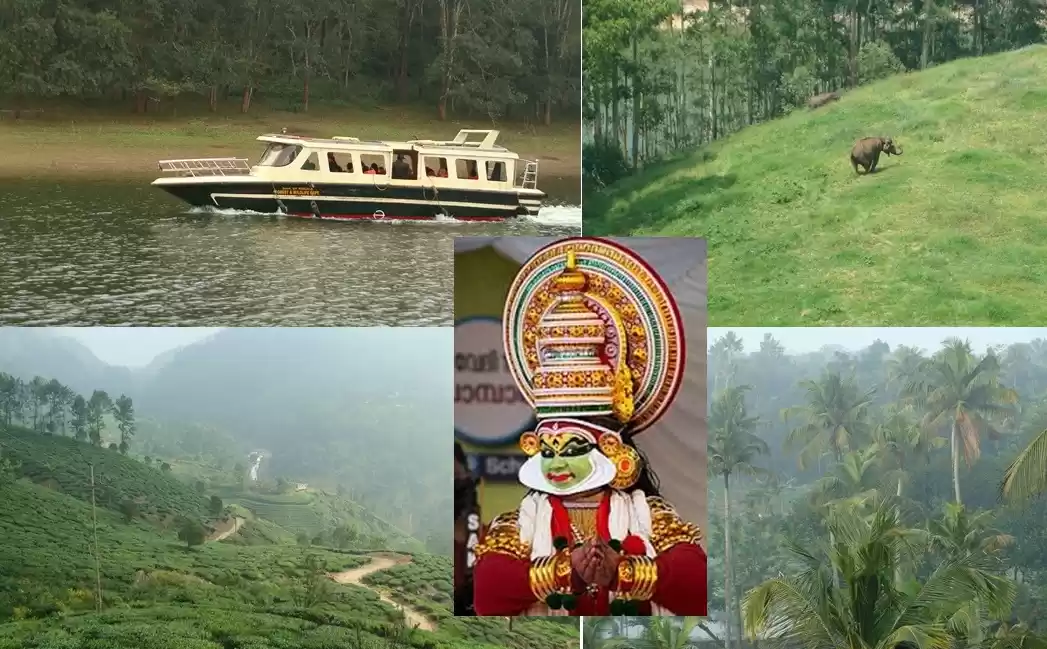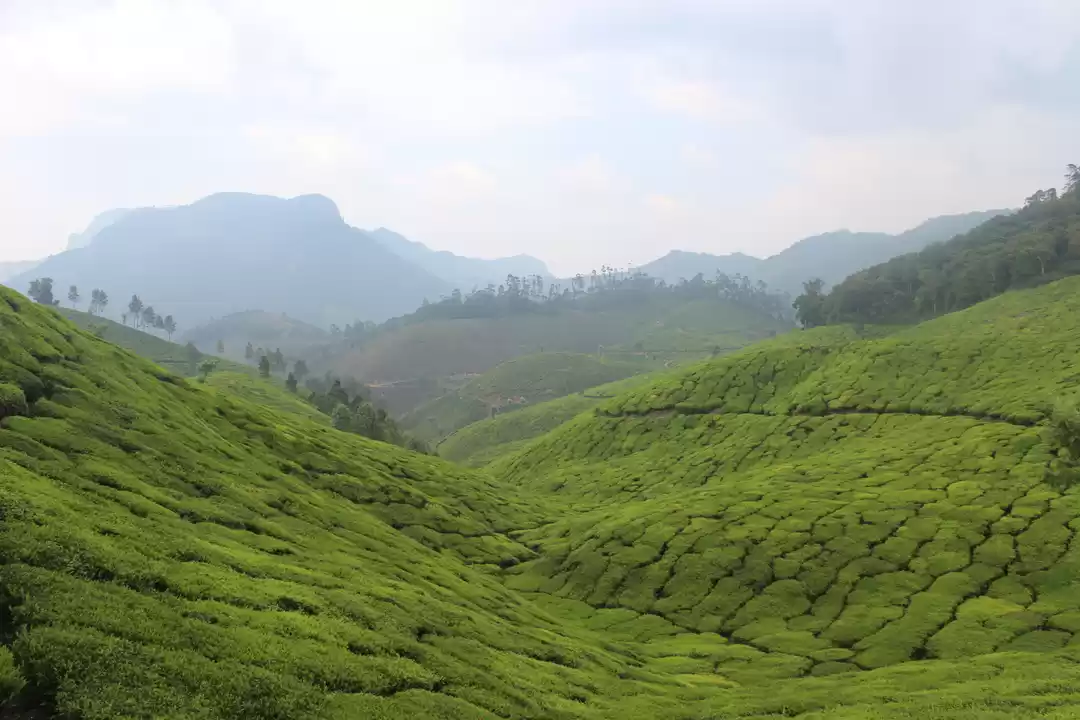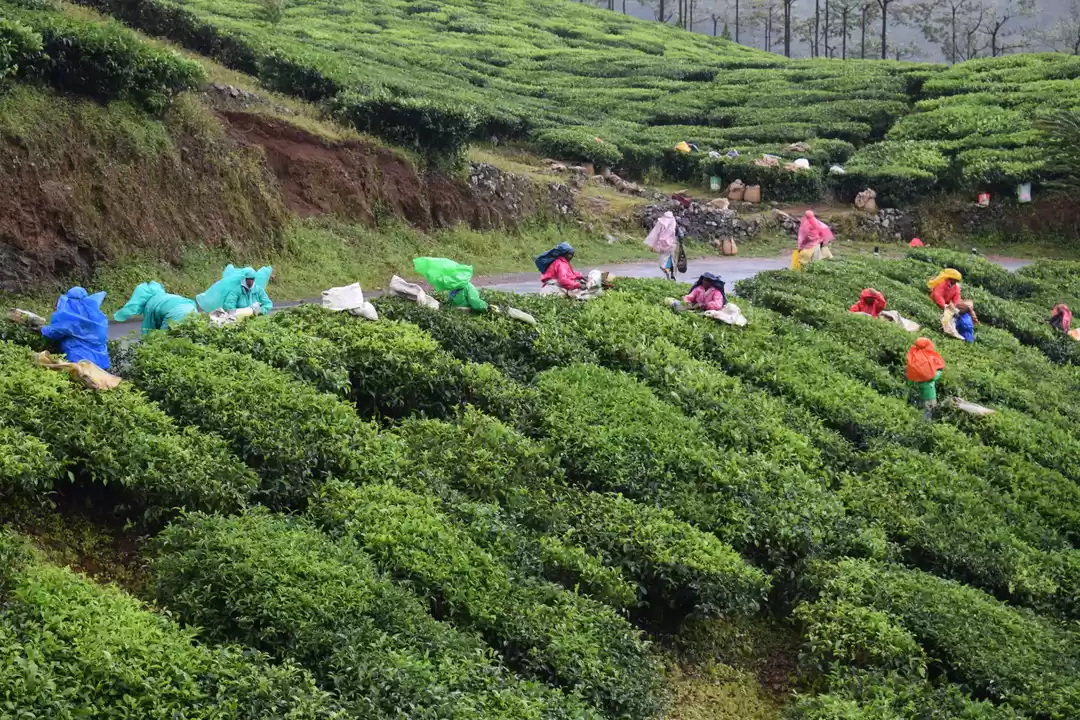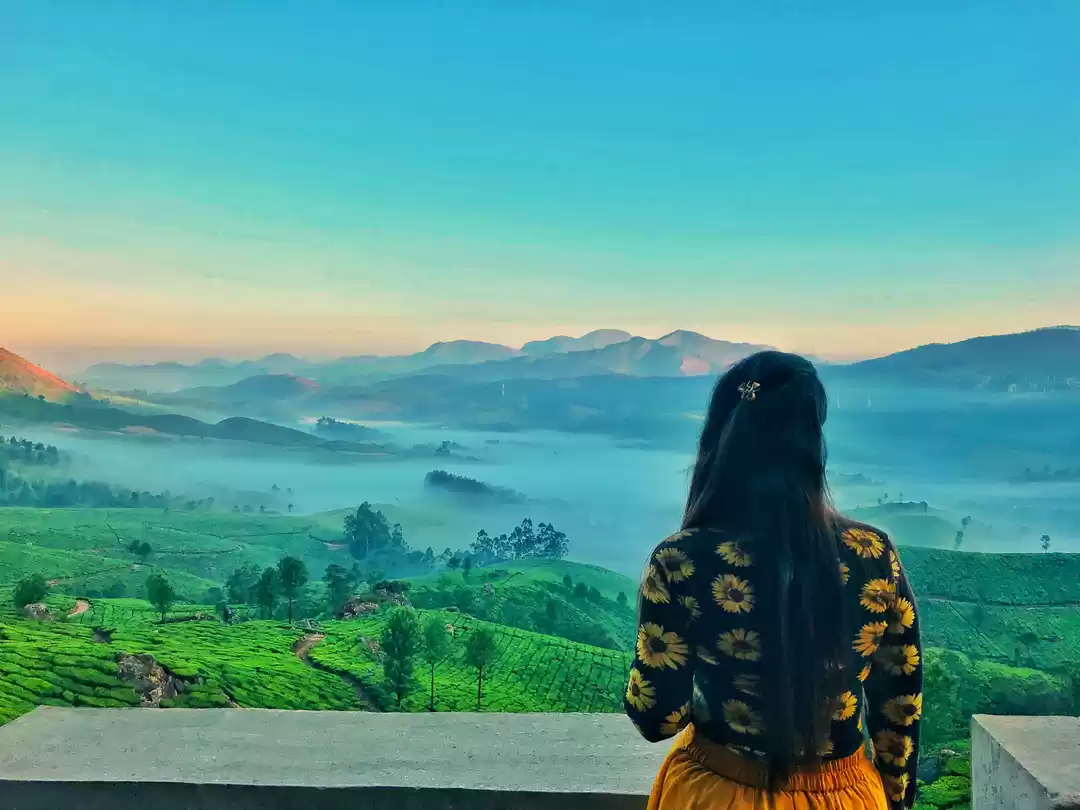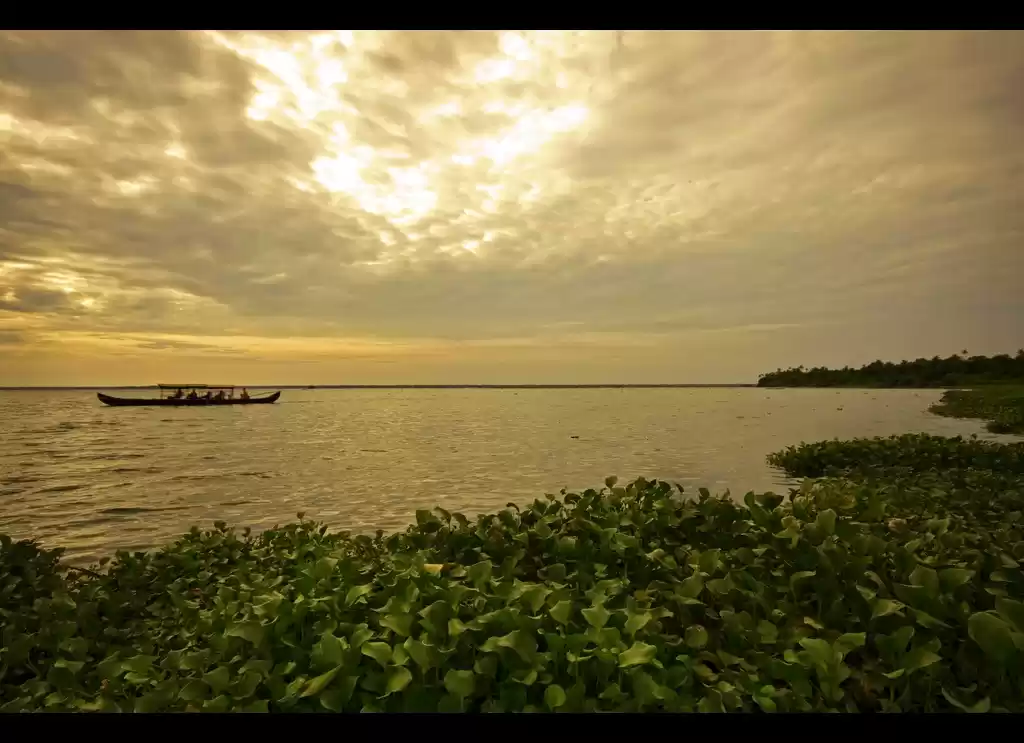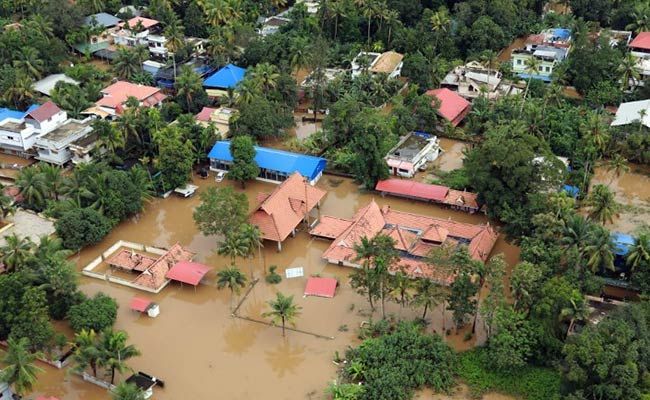
I am fond of driving myself while travelling, this is the thrilling story of my drive near Munnar from my Kerala trip in October 2018.
Kerala Floods 2018
Kerala faced the worst disaster in many years in August 2018. According to the Kerala Government, one-sixth of the total population of Kerala was directly affected by the floods. All 14 districts of the state were on the red alert. The Indian government declared it a Level 3 Calamity, and it was the worst flood in Kerala after the great flood of 99 that took place in 1924.
The state saw many landslides during this period & the calamity destroyed a lot of the roads. But, as the weather started to normalize, the state government started repairing all the highways to welcome the people for tourism as tourism contributes approx 10% of the state's GDP as per official statistics and reportedly contributes around 23.5% to the state's total employment.

Drive on ghat section
By October, the weather came to normal & the state government repaired most of the major highways. I planned a trip in October 2018 with my friends as it was the perfect time to visit there. On the third day of the trip, we were travelling from Kochi to Munnar via Vagamon.
Ignored the local's advice
On this trip, while traveling from Vagamon to Munnar, we took a halt at Kattapanna for an early dinner. The waiter at the restaurant figured that we are traveling somewhere, so he asked about our destination. We told him that we're driving to Chinnakanal, a village from where Munnar is at a distance of 20 km. He suggested us to stay in Kattapanna for the night as the drive to Chinnakanal has many landslides. He added that it is already night and it's raining too, so driving at this hour in these conditions is not preferable.
Terrible road condition
Since Chinnakanal is near to Munnar and it has many resorts & hotels, I had already booked our stay for the night there. We thought of giving it a try for a few km to understand the condition of the road. The road looked fine with the guiding strip on both sides. So, we decided to continue the drive and kept on driving at a max speed of 40 km/hr. We crossed many landslides after every few km guarded by barrier tape.

After completing around 50 km, the work was under progress because a big chunk of the hill had fallen during floods, taking a stretch of a few km of road with it. A temporary road was created for the vehicles to pass. Since it was narrow and slippery, we were moving at a slow speed and reached the hotel safely.
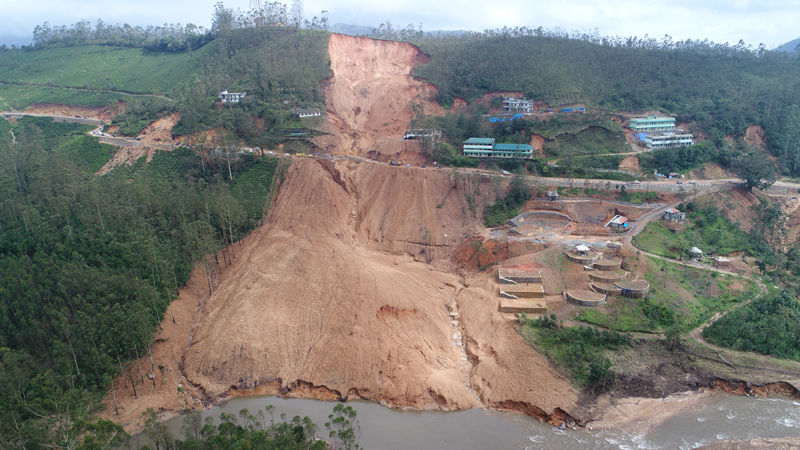
Will I do it again?
I would suggest taking such challenges only if you're very experienced at driving at night and during rains in the hills, or better stay where you are and start your journey the next morning. We were relieved after reaching the hotel as this drive was a huge challenge. My learning from this experience was that we should consider what locals say because they have much more idea of the region than you.
Note: Pictures added from multiple sources who captured in daylight. I experienced this on a rainy night.
Follow me on Instagram to check out my latest activities: @gypsyonvoyage

